Sales Enablement.
You want a successful business right? To achieve this you need your sales team selling not doing admin or other tasks that are sucking up their time. This is where sales enablement comes in!
Sales enablement is all about giving your team the technology, processes, and content that empowers sales teams to sell efficiently at a higher velocity.
For anyone who has worked in sales, past or present, the idea of a system that tracks and monitors everything together is music to your ears.
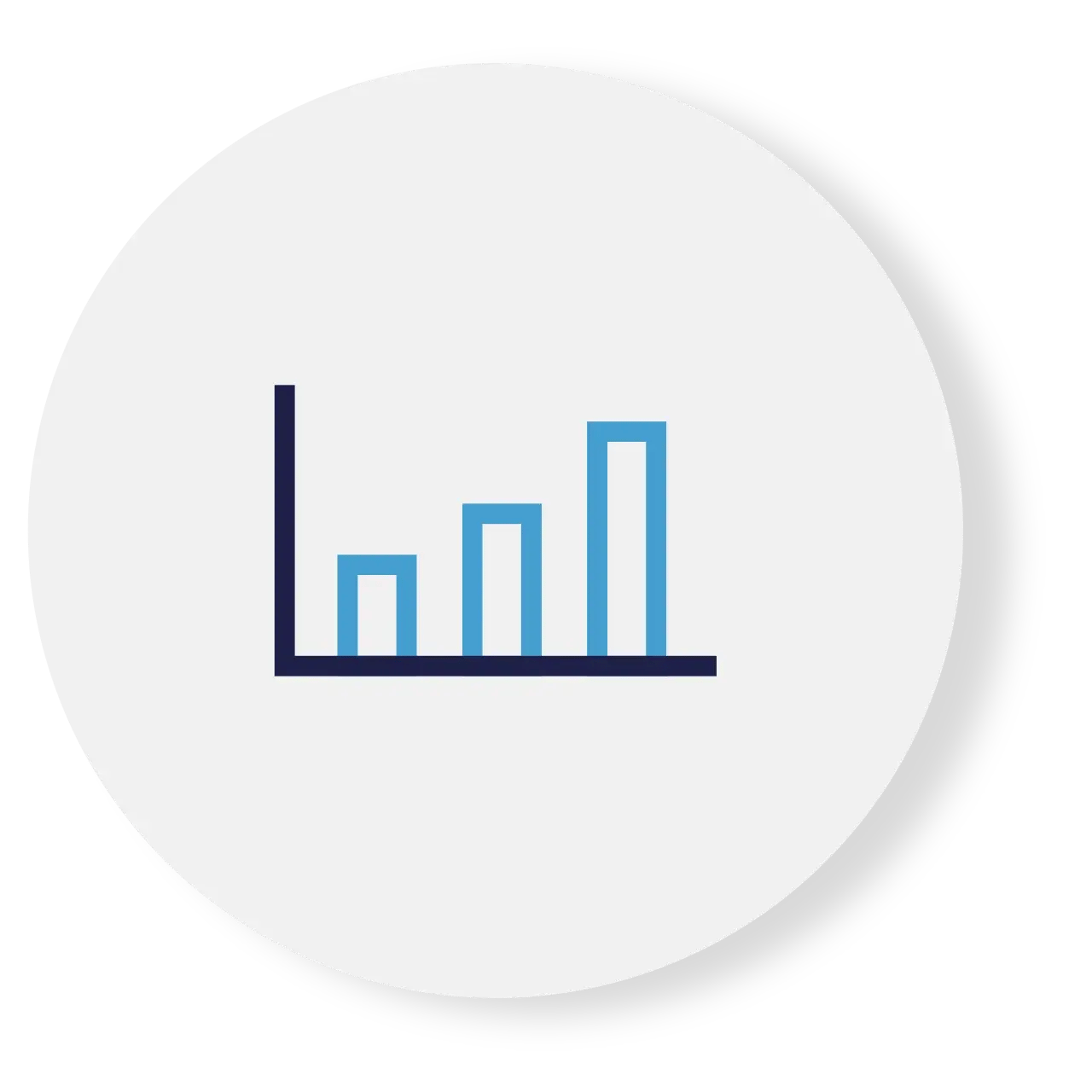
Empower your sales team with a sales enablement strategy
Older, more ‘outbound’ sales methods are dying out. Luckily, sales enablement tools are out there which can give your team deeper insight, agile processes and the right technology to help them sell more efficiently and in higher volumes. This is selling made smart.
An effective sales approach can no longer be about purchasing data lists and hoping for the best. Sales success requires a smarter way of thinking and working. An inbound approach can benefit from a sales enablement philosophy designed to help your team nurture leads in far more effective and creative ways.
Six & Flow will work with you to incorporate a sales enablement strategy into your business, as well as teach you the benefits of switching to inbound for long-term business growth.
Sales enablement is a key inbound philosophy.
Defined by HubSpot as ‘the technology, processes and content that empowers sales teams to sell efficiently at a higher velocity’, the right sales enablement strategy can go a long way to improving and better managing the overall sales process with the aim of turning leads into clients.
Sales enablement does that through a number of ways, including being able to manage leads from the source. Say, if lead information comes in from a guide they have downloaded, it gives sales teams more information on why people have visited a website, what they’re looking for and more – perfect for broaching future interactions.
Using the right technology as part of the enablement process too can help to streamline sales practices. Automation for instance can help nurture leads and categorise leads through a scoring system, while chatbots can nurture leads in varying ways to guide them to a stage in the process when it’s time for a human to take over
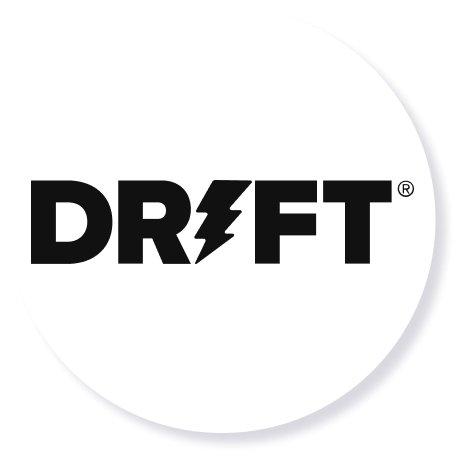

What people are saying about us

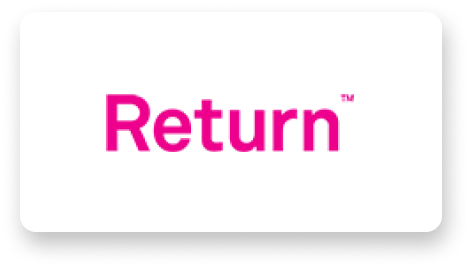
Six & Flow are great at getting the most out of your inbound marketing and sales enablement. The projects we have worked on have had a material impact on our business.

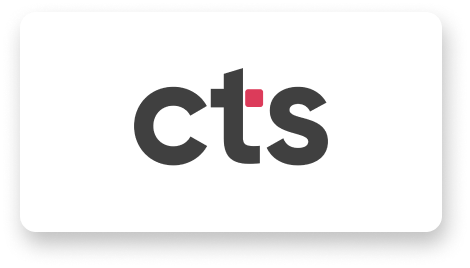
We've been working with Six and Flow for just shy for a year now on a mix of projects including website development to Sales enablement. Their expert insight into HubSpot is second to none, what really stands out though is their people. From their developers to their project managers and everyone in between-their skill, expertise and determination to deliver really puts them about the rest.

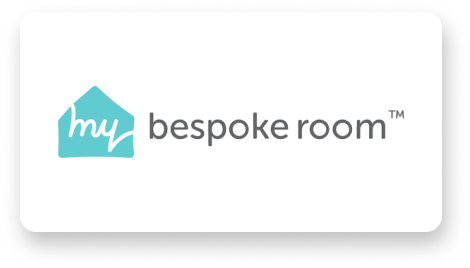
It was very easy to work with Six & Flow who helped us optimise our sales process by moving excel spreadsheets into HubSpot that the sales team can use easily. He also helped us set up a custom dashboard (with custom reports) so all the information is easy to find and allows us to streamline our processes to focus on driving value.
Who we’ve worked with


Who we partner with
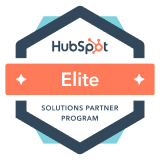
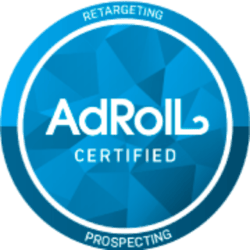
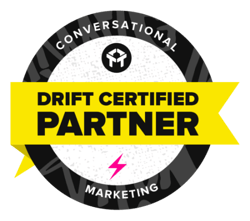
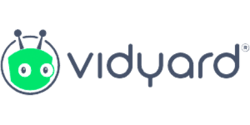
Assess your AI Maturity
How AI ready are you?
Curious about how AI can transform your Go-To-Market strategy? Six & Flow offers a free customer journey audit and AI Maturity review. Let’s look at where your organisation stands: